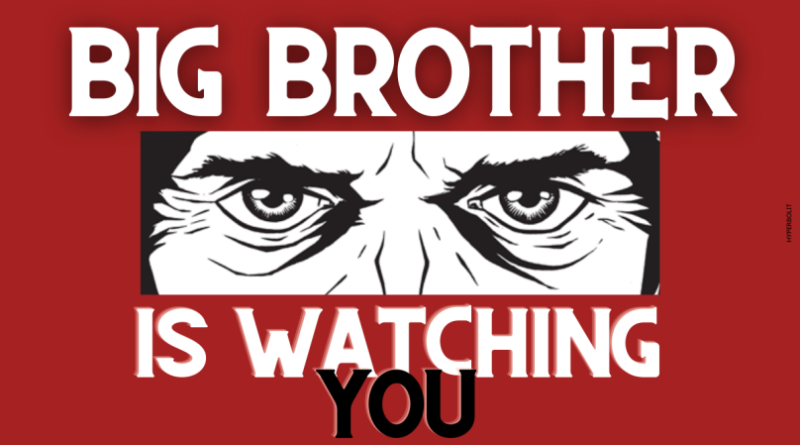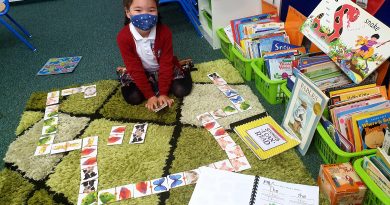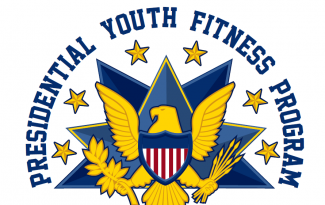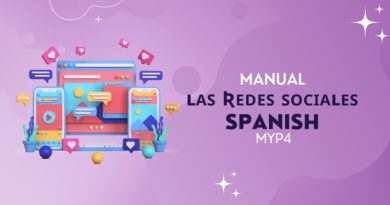Students of “Oldspeak” Explore 1984
MYP 4 students dive into the intricate themes associated with government systems through the context provided by George Orwell’s “1984”.
This unit aimed not only to deepen students’ understanding of diverse governance structures but also challenged them to apply this knowledge creatively—prompting them to craft a fictional country and scrutinize its governance compared to the dystopian reality portrayed in “1984.”
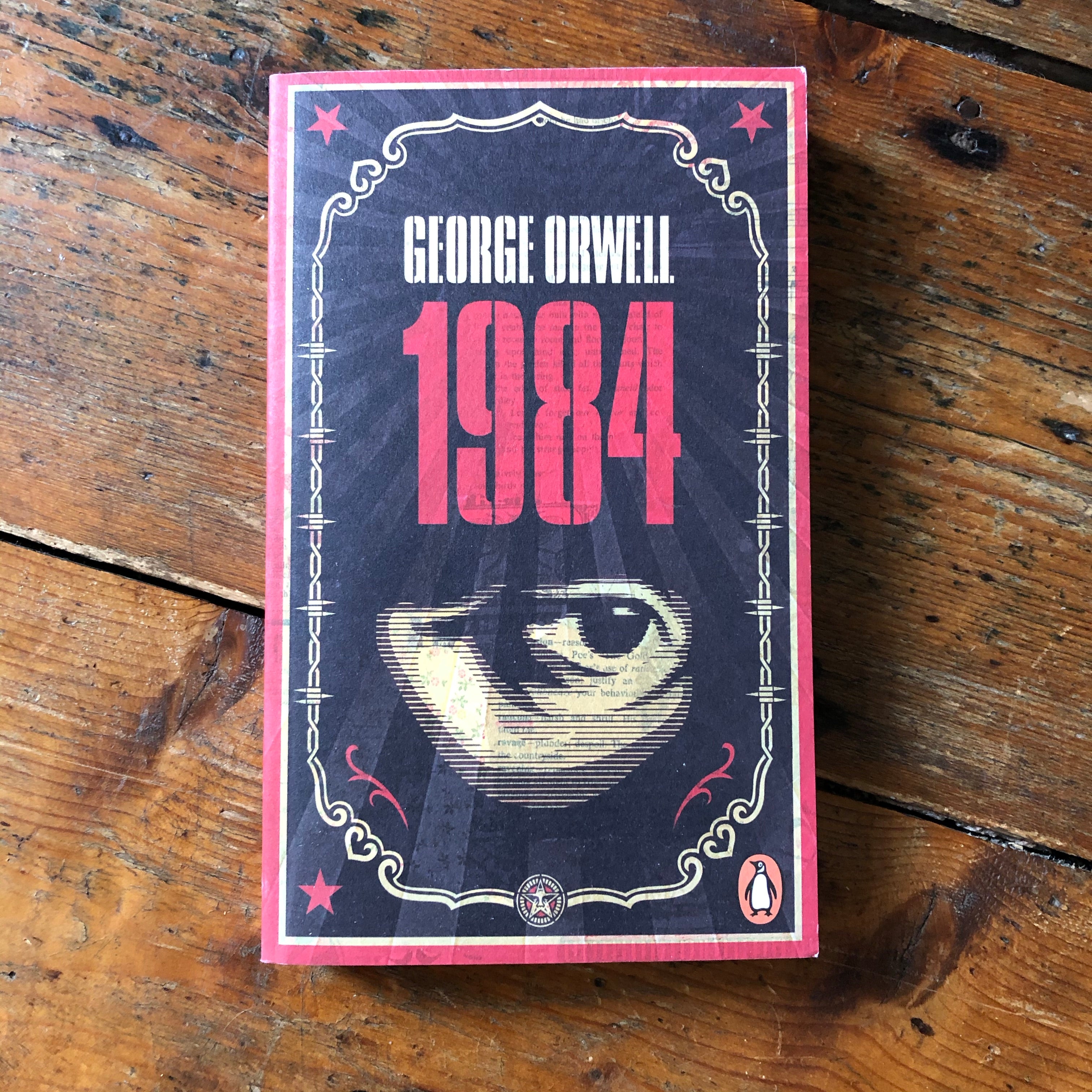
Exploring the Objectives:
Our journey was multifaceted, seeking to achieve several objectives:
- Deepening Understanding: The primary goal was to foster a profound understanding of various government systems.
- Creative Application: Students were tasked with bringing their knowledge to life by conjuring up a fictional country, complete with rich details spanning geography, demographics, socio-economic factors, and technological landscapes.
- Parallels and Distinctions: The crux lay in drawing parallels between their created government system and those depicted in “1984,” unraveling layers of similarities and differences.
- Analysis and Articulation: An essential aspect involved delving into the implications of rules, laws, media control, and individual rights within the context of their created government.
Our students embarked on a creative odyssey, fashioning a fictional country that wasn’t just a geographical entity but a tapestry woven with historical context, technological nuances, and available resources. This exercise urged them to contemplate the intricate dance of these elements in shaping a nation.
At the core of the unit was the selection of a government system for their fictional utopias. From totalitarian regimes to democratic paradises, students had the canvas to explore and justify their choices. Aligning these choices with “1984” added layers to their comprehension as they discerned common threads and unique hues.
Crafting rules and laws for their nations was no simple task. Students grappled with the delicate equilibrium between individual freedoms and state control, delving into freedom of speech, surveillance, and societal structures. This set the stage for a nuanced comparison with the haunting governance of “1984.”
Discussions on media control strategies unveiled the students’ cognizance of the potency of information. Censorship, propaganda, and surveillance became their tools of governance, reflecting the real-world impact of media manipulation on societal perceptions.
Ethical considerations surrounding individual rights and freedoms took center stage. Navigating the balance between personal privacy, freedom of expression, and the right to dissent, students grappled with the intricacies of governance ethics.
Culminating this enriching journey, students presented captivating comparisons between their created governments and the dystopian realm of “1984.” Building on their formative assessments, these presentations navigated the intricacies of their fictional creations, illuminating the parallels and distinctions vividly. Visual aids, engaging discussions, and a comprehensive evaluation using criteria such as Knowing and Understanding, Organizing, Producing Text, and Using Language showcased their depth of understanding.
In essence, this unit not only enriched our students’ comprehension of government systems but also honed their critical thinking, creativity, and communication skills. As they navigated the complexities of governance, students explored not only the fictional realms they created but also gained profound insights into the enduring relevance of “1984” and its reflections on our societal structures.

